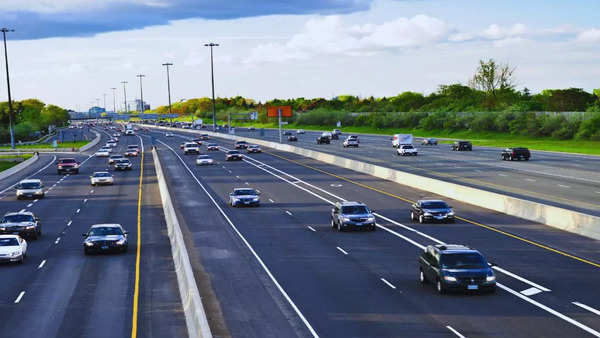[
]
The much-anticipated Mumbai-Nagpur Expressway, officially called the ‘Hindu Hriday Samrat Balasaheb Thackeray Maharashtra Samruddhi Mahamarg,’ is set to revolutionise travel in Maharashtra. After years of construction, the 701-km-long expressway is nearly finished, with the final segment expected to be inaugurated in February 2025. This ambitious project will reduce travel time between Mumbai and Nagpur from 16 hours to just eight, providing significant convenience for commuters.
Currently, 625 kilometers of the expressway from Nagpur to Igatpuri in Nashik is operational. The final stretch will complete this vital connection, making the journey much faster and more efficient. The project is seen as a major step forward in Maharashtra’s infrastructure development, with significant economic and social benefits. The expressway has been hailed as a dream project of Prime Minister Narendra Modi, aiming to boost the state’s connectivity and economic growth.
Read more: Safari tips 101: How to make the most of your Kaziranga adventure
Led by Chief Engineer Anil Kumar Baliram Gaikwad, who serves as the Managing Director of Maharashtra State Road Development Corporation (MSRDC), the project has overcome numerous challenges. Despite delays caused by the pandemic, the final leg of the expressway is now on the verge of completion.
Key features of the Mumbai-Nagpur Expressway
The project also includes notable engineering feats, such as the 13.3-kilometer connecting road that circumvents a section of the Pune-Mumbai Expressway. With its exceptional infrastructure, which includes two cable bridges, 1.7 km of tunnels, and an 8.9-kilometer path across rough terrain, this new stretch cuts travel time by 30 minutes. The INR 6,595-crore project includes advanced safety measures like emergency medical services and an Intelligent Traffic Management System (ITMS).

One of the most crucial aspects of the project is the “zero fatality corridor,” which eliminates the steep slopes and sharp turns found in the Lonavala ghat section. This transformation aims to ensure safer, faster travel for commuters, reducing the number of accidents and fatalities.
Read more: Wildlife safari in 2025: 10 must-visit national parks in India
Improved connectivity to Navi Mumbai Airport
Access to the future Navi Mumbai International Airport will also be greatly enhanced by the road. Travel time from Pune to the new airport will be cut from four hours to roughly two and a half hours thanks to the connection road. The proposed bypass would allow people to travel more smoothly because it will finish the trip in just two hours.
[
]
Source link
